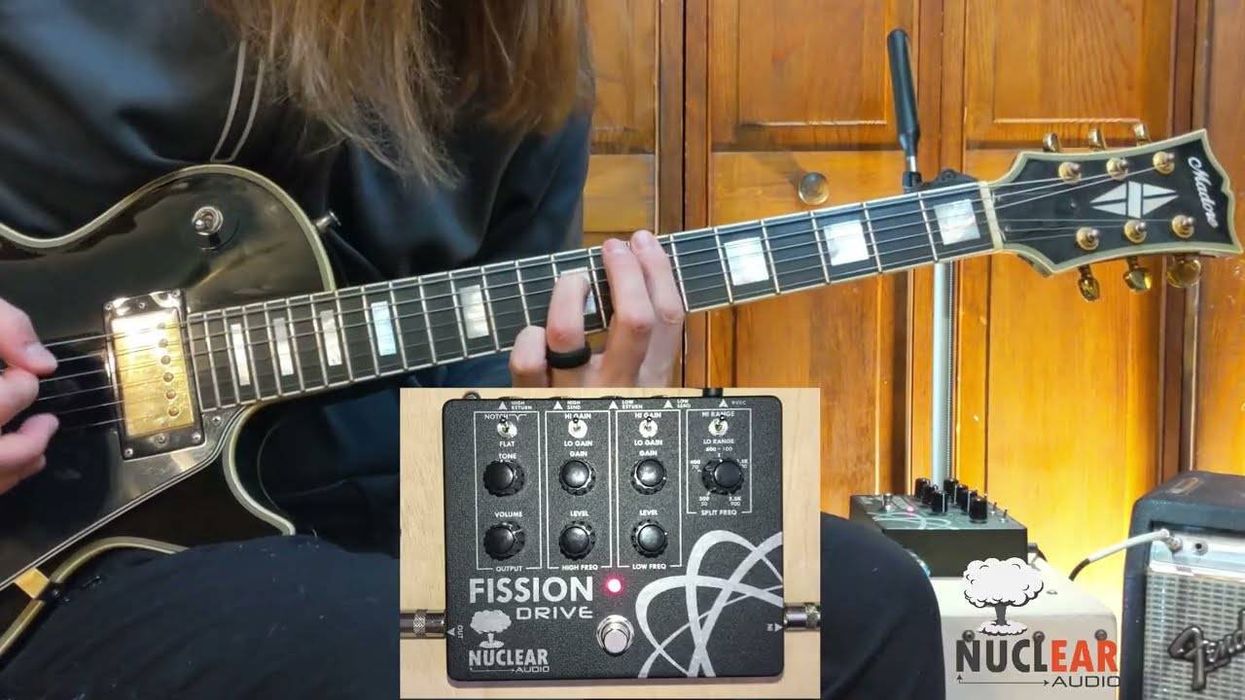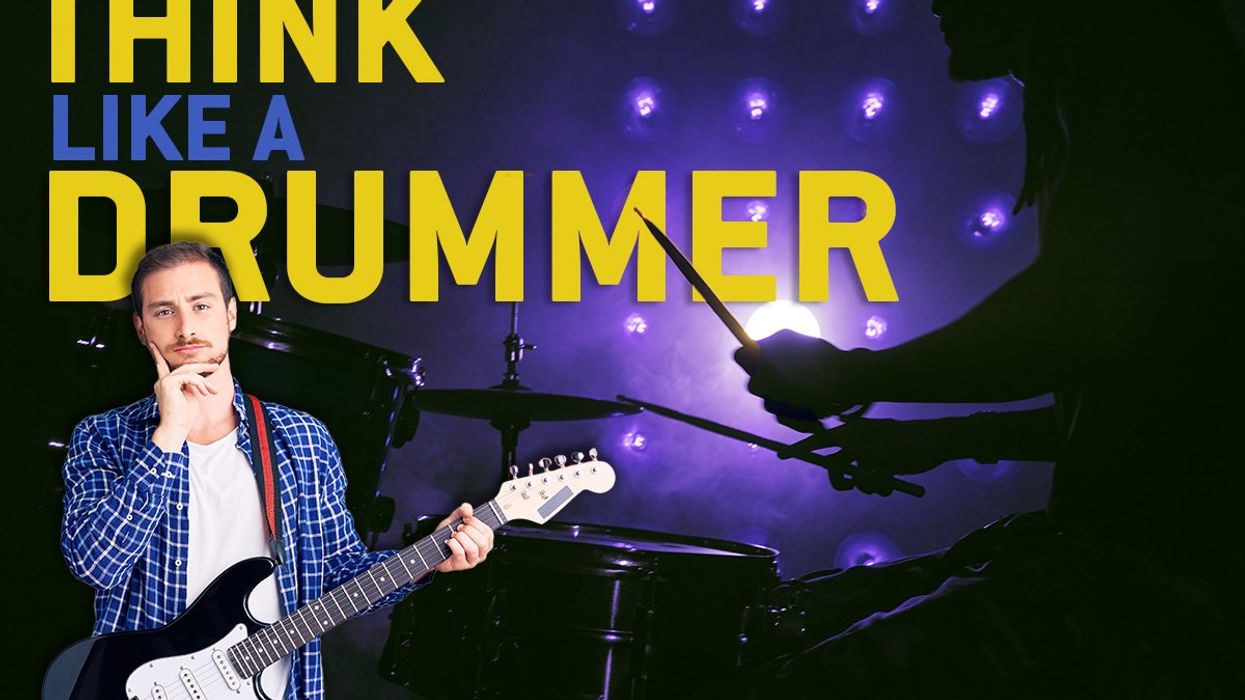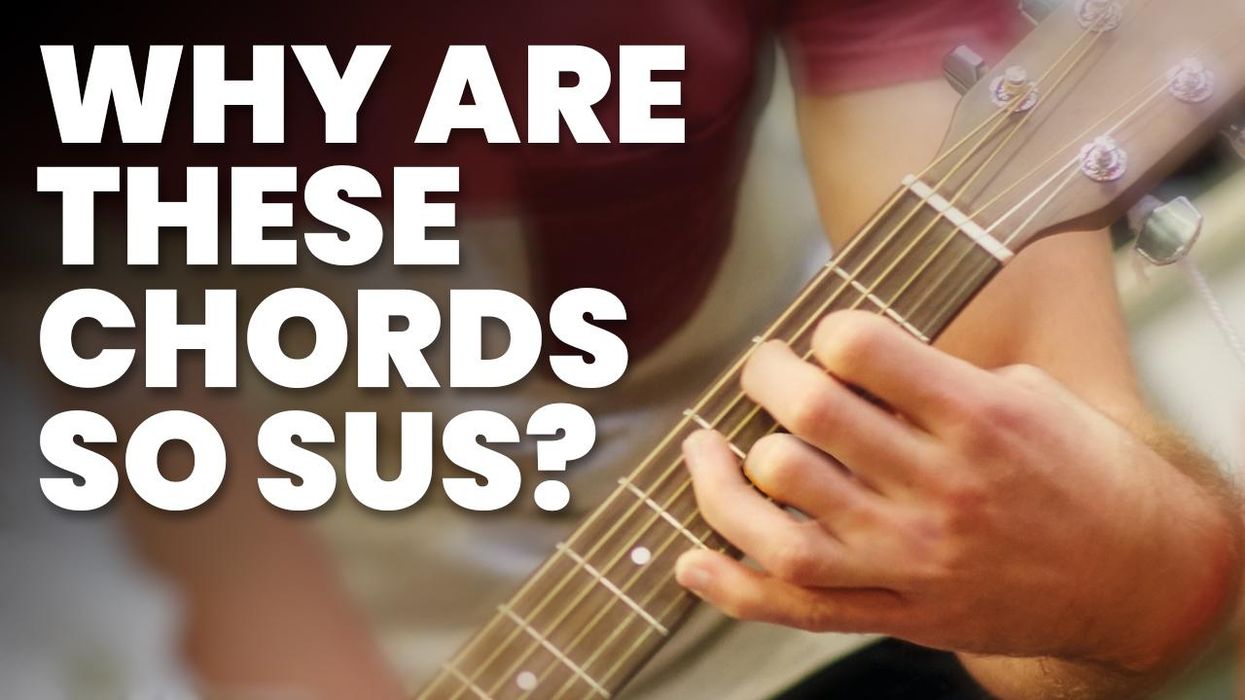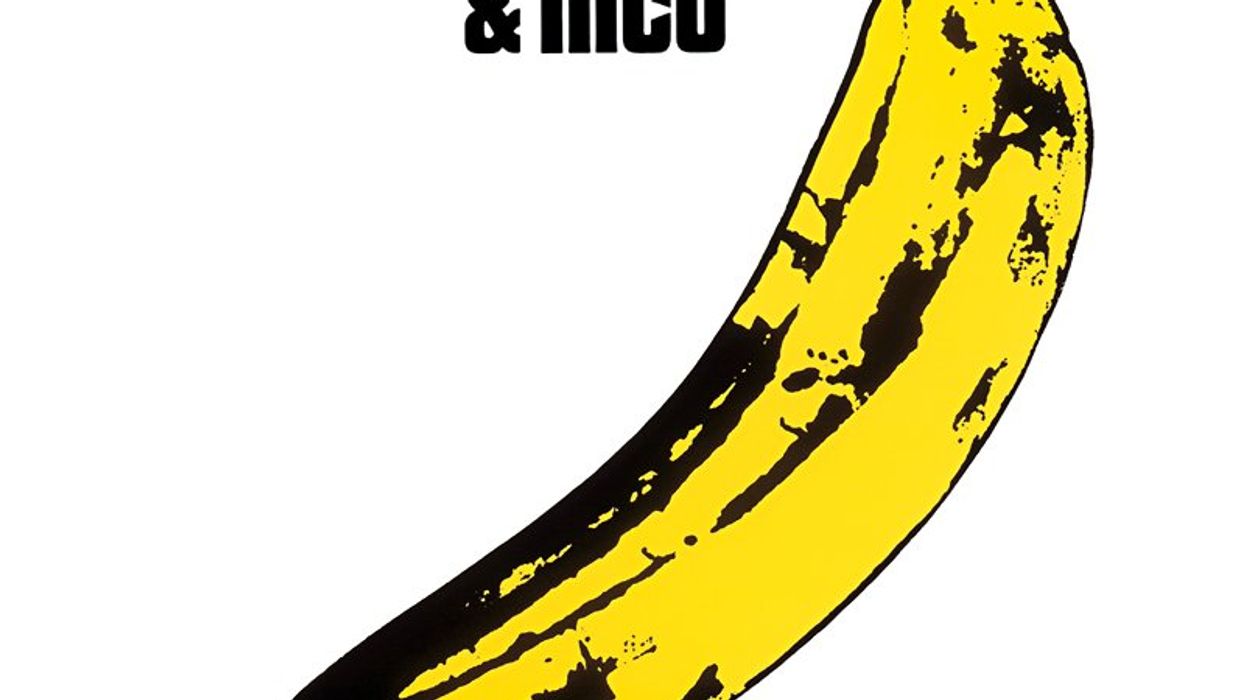Chops: Beginner
Theory: Beginner
Lesson Overview:
• Learn how to create rhythmically compelling power-chord riffs.
• Add open strings to barre chords.
• Create melodic octave-based solos.
Click here to download a printable PDF of this lesson's notation.
The Foo Fighters are one of the most successful bands to emerge from Seattle’s post-grunge scene. While drumming for Nirvana, Dave Grohl was quietly writing material, and after Kurt Cobain’s death, he entered the studio to record the group’s self-titled debut album. He’d played all the instruments on the record, so once the buzz began to spread, Grohl had to put a band together for live shows. Lineups have shifted over the years, but currently the band includes drummer Taylor Hawkins, bassist Nate Mendel, and guitarists Pat Smear and Chris Shiflett.
Mixing melodic hard rock with punk and blues elements, the Foos draw their influences from many bands and artists, including Black Flag, Queen, and Tom Petty. Their latest album, Sonic Highways, is an epic project that spawned a series of documentaries about legendary studios around the United States. The band spent a week in each studio’s respective city, soaking up the area’s culture and vibe before writing and recording a song inspired by the experience.
For this lesson I’ve drawn ideas from such tracks as “My Hero,” “Monkey Wrench,” and “All My Life.” We’ll focus on tight power-chord riffs, chords that contain fretted notes and open strings, and melodic octave-based lines and figures.
Click here for Ex. 1
The etude kicks off with a riff based on a standard B5 chord, but also throws in the open 5th string. Notice how the rhythm produces a very tight, punchy sound when locked in with the drums and bass. On the last beat of measures two and four, we give the harmony a bit of movement by throwing in a D5 and an E5. Simply shifting the start of a riff from beat 1 to beat 2 can really change a rhythm part’s sound and feel. Check it out.
In the next section, our riff repeats, but we change the ending by going to an E/G# chord before hitting a huge E5 shape and then building tension with the D5 chord. The second half of the verse is mostly the same as the first eight measures, but with a simple twist: In the last measure we move to a D6(add9) to set up the chorus. This is a great demonstration of how a basic power chord can be embellished by simply including some open strings to add color. You should also notice that the second half of the verse concludes with an eighth-note rhythm as opposed to the tight 16th-note rhythm from measure eight.
Open strings play an essential part in the chorus riff that starts in measure 17. Throughout this section we let the top two strings ring out while moving chord shapes underneath. Check out how the A(add9) chord comes in on beat 4 rather than the start of the next measure. The second half of the chorus goes from F#7(add11) to E5 (keep those open strings ringing) before returning to the D6(add9).
The bridge starts with a melodic section that is reminiscent to the intro of “My Hero.” For this I composed a simple melodic figure based in E major (E–F#–G#–A–B–C#–D#) that continues to use the open 1st and 2nd strings to create some dissonance. As always, where there’s tension there must be resolution.
Distorted octaves pop up in the last section. This progression is very similar to the verse, with the exception of the A(add9) chord. The octave melody follows the rhythm of our accompanying riff, although in places it includes some fast 16th-note rhythmic ideas.
Recording details. Grohl’s main guitar is his signature Gibson DG-335, but he also uses Explorers, Les Pauls, and even Telecasters on occasion. For our lesson I used my Music Man Axis Super Sport guitar and a Music Man StingRay bass. I used Steinberg’s Cubasis on my iPad to record the tracks, and Positive Grid’s JamUp Pro app provided the guitar and bass tones. For the guitar, I dialed up a model based on a Mesa/Boogie Dual Rectifier and a vintage Ampeg-style setting for the bass. The drums were programmed with the Drums HD app, but I chopped a lot of the fills to create the final drum part. When it comes to Grohl’s tone, opt for a thick overdrive sound, but avoid saturation—we need to hear those open strings!










![Rig Rundown: Russian Circles’ Mike Sullivan [2025]](https://www.premierguitar.com/media-library/youtube.jpg?id=62303631&width=1245&height=700&quality=70&coordinates=0%2C0%2C0%2C0)











